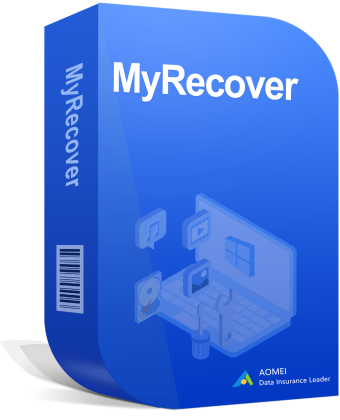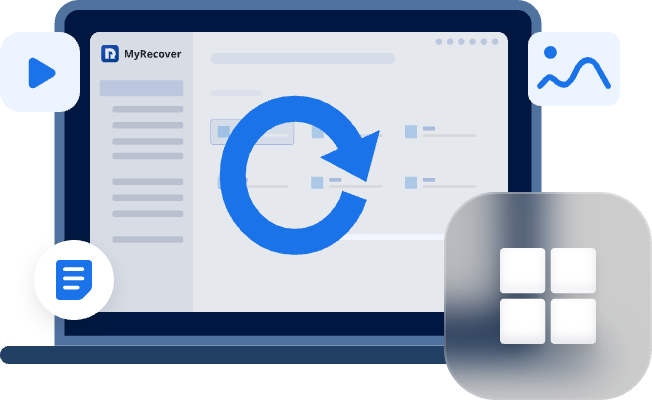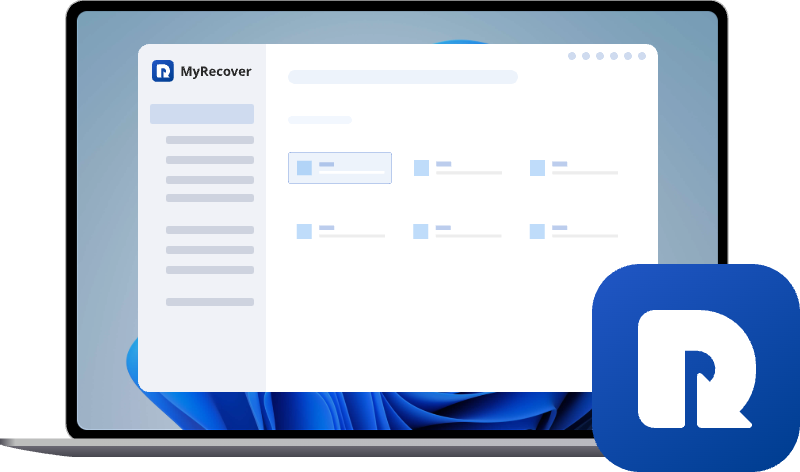Windows 7 Backup and Restore: Delete Old Backups [How to Guide]
Over time, Windows Backup and Restore can accumulate multiple old backups that take up valuable disk space. This step-by-step guide shows how to delete old Windows 7 backup files in Windows 10, either manually through the Backup and Restore control panel or automatically by adjusting backup settings. Learn how to manage, clean up, and optimize your backup storage without losing important data.
About Windows 7 Backup and Restore
Windows 7 Backup and Restore is a built-in tool designed to help users create system images and file backups to protect their data. It allows you to back up important files, folders, and even your entire system to an external drive, network location, or another partition. In case of accidental deletion, system crashes, or hard drive failure, these backups can be used to restore personal files or the whole system.
Although it was originally introduced in Windows 7, Microsoft kept the feature in later versions, including Windows 10, and even Windows 11 (under the name "Backup and Restore (Windows 7)") for compatibility purposes.
👉See Also: File History vs Backup and Restore: What’s the Difference?
Why Need to Delete Old Backups in Windows 7 Backup and Restore?
Over time, the backups created by "Windows 7 Backup and Restore" can take up a large amount of storage space, especially if you back up your entire system or include multiple file versions. These old backups may gradually fill your external hard drive or the partition used for storing backups, leaving little room for new ones. In addition, you might want to delete old Windows backups for one or more of the following reasons:
✔️Prevent Backup Failures: When the backup destination drive runs out of space, Backup and Restore may not work as expected and new Windows backups may fail to complete successfully. Removing unnecessary backup versions ensures smooth backup operations.
✔️Keep Data Current: Older backups may contain outdated system configurations or files. By deleting them, you ensure that your recovery data is up to date and relevant.
✔️Organize Backup Storage: Managing backups efficiently helps avoid confusion when restoring data later. Keeping only the most recent and important versions makes the process simpler and more reliable.
How To Delete Old Computer Backupsfrom Windows 7 Backup and Restore?
Step 1. Open the "Control Panel" on your Windows computer. One simple method is pressing "Win+R", type "control" and hit on "Enter".
Step 2. Navigate to "System and Security"> "Backup and Restore (Windows 7)".
Step 3. Under the Backup section, click "Manage space".
Step 4. In the "Manage Windows Backup disk space" window, you will see two sections:
- Data file backup – contains file version backups.
- System image – contains full system image backups.
Step 5. To delete data file backups, click "View backups…".
Step 6. Then select the backup period you no longer need, and click "Delete".
Windows 7 Backup and Restore Delete Old Backups Automatically-POSSIBLE?
I have a 1TB USB drive that I use as a backup drive for my work PC. The drive will eventually run out of space and I need to go in and remove older backups using the manage space/view backups dialogs and delete backups from past periods.Is there any way to tell Windows Backup to manage the backup space in a smarter way and keep as many backups as it can but without going past the drive size and issuing errors?
In Windows 7 Backup and Restore, automatically deleting old personal file backups is NOT possible. You will need to manage these manually if you want to remove outdated file versions as the above. However, for system image backups, Windows does provide an option to automatically retain only the most recent image and minimize storage usage. To do this:
In the "Manage Windows Backup disk space"window, click "Change settings" in "System Image" section.
Then choose "Keep only the latest system image and minimize space used by backup".
This ensures that older system images are removed automatically, freeing up space while keeping your most recent backup safe.
What Will happen if I Delete Old Backups?
Deleting old backups in Windows 7 Backup and Restore can help free up storage space, but it’s important to understand some otherconsequences:
- Recoverable Files May Be Lost:
Any deleted backup files or system images will no longer be available for restoration. Make sure the backups you keep include the files and system versions you may need in the future.
- More Storage Space Available:
Removing outdated backups frees up disk space for new backups, allowing your backup drive to continue functioning properly without running out of storage.
- Latest System Image Remains (If Configured):
If you choose the option "Keep only the latest system image and minimize space used by backup", Windows will retain your most recent system image while deleting older ones automatically.
Bonus Tip: Recover Files Without Backup
In practice, backup drives can quickly fill up, especially if you create frequent system images/data backupor include multiple file versions. This often requires regular manual deletion of old backups to free up space. However, manually managing backups carries a risk—you might accidentally delete important files or system images, making them permanently unrecoverable.
To address this, even if you don’t have a backup or accidentally deleted necessary files, you can still recover themusing MyRecover. It is a professional and powerful data recovery software,scanningyour drives for deleted files, allowing you to preview and restore them quickly, making it a reliable solution when Windows Backup and Restore is not available or insufficient.

- 💖Recover 1000+ File Types – Restore photos, videos, documents, emails, music, and more.
- 💖Quick Recovery in 500+ Data Loss Cases – Recover files lost from deletion, formatting, crashes, malware, or partition issues.
- 💖Supports 500+ Devices – Works with HDDs, SSDs, USBs, memory cards, cameras, consoles, drones, and more.
- 💖Wide System Compatibility – Compatible with all popular Windows PCs and Servers.
- 💖AI-Empowered Recovery – Uses AI and deep scanning to find even the hardest-to-recover files.
Just with simple steps, you can recover files from Windows PC and Server. If your computer cannot boot up as normal, turn to its "PC Crashed Recovery" feature.
Summary
Deleting old backups in Windows 7 Backup and Restore is essential to free up storage and keep your data organized. Old backups, especially system images and multiple file versions, can quickly fill your backup drive. While personal file backups must be deleted manually, system image backups can be set to "keep only the latest system image and minimize space used by backup" for automatic cleanup.
Although accidental deletion or lack of backups can put your data at risk,tools like MyRecover help recover deleted or lost files from SSD, HDD, SD card, memory card, USB flash drive, and other deviceseven when backups are unavailable or your PC cannot boot. By combining proper backup management with professional recovery solutions, you can safely delete old backups while ensuring your important files remain recoverable.


